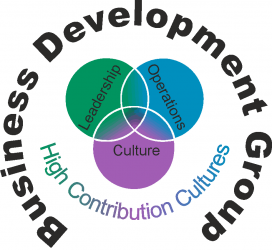I was an early practitioner of Emergency Medicine before it was organized or recognized as a medical specialty. Neil Simon was an integral participant in the early organizational structure of emergency management in our County. Neil, in the early 1980s, helped design an emergency management continuum from pre-hospital care to the emergency departments in local hospitals. Neil’s role was to coordinate project activities between the County Office of Emergency Management, the local community college, and local hospitals.
Included in this project, was the development of a curriculum for the education and training of Emergency Management Technicians (EMTs) from basic to advanced. These trained technicians became qualified to deliver pre-hospital care that could save or preserve a life while en-route to the hospital. Basic EMTs were trained first and subsequently, Advanced EMTs (Paramedics) were trained. I was the instructor of the first Paramedic class in our county. All graduates of this class passed the state qualifying examination with high scores.
Pre-hospital medical care could then be stratified based on need. Basic EMTs could provide routine care while Advanced EMTs could administer lifesaving care while in the field. Radio communication between EMTs and hospital based Emergency Physicians added additional consultation pre-hospital. This stratification of pre-hospital care increased the efficiency of the entire system and allowed limited resources to be delivered more appropriately. There is no existing data that allows a comparison of lives saved pre and post this organized and stratified system. However, based on my personal experience and on anecdotal reports from other physicians and nurses, overall mortality and morbidity decreased after implementation of this organized system.
Neil is an insightful, strategic, and out of the box thinker. I have followed Neil’s career and am aware that he has developed tools that assist him with analysis of complex systems and the design of solutions to achieve desired goals. He calls this approach A2D4. Its individual components are: Agree; Analysis; Design; Develop; Do; Digest. The embryonic genesis of this approach is evident in Neil’s recommendation for an emergency management system. He envisioned the necessary systems elements required by all participants and was able to articulate the specifics that each required to achieve a smooth, integrated operation. He was able to analyze the needs of the system, achieve agreement between community, government and hospitals (private and university owned). Various system monitors and statistics have been added over time.
Neil faced many organizational challenges with the initial design and implementation of this system. He focused all decision makers and practitioners on the importance of saving lives and decreasing morbidity by using a seamless, and integrated approach. This required organizations to change and align their practices. He was instrumental in the creation of an educational program that met state, community and hospital requirements including validating certification upon completion of the educational process. He required individuals to collaborate, cooperate and communicate. With alignment and acceptance of individuals and organizations, Neil recruited the support necessary to manage and to overcome political resistance.
The system Neil designed and implemented has continued essentially intact. That speaks to the quality of what was done. The community hospitals eventually became level 1 trauma centers. Additionally, an outstanding Emergency Medicine Residency program developed and was shared by both the community and university hospitals that has been in place for several years. Most importantly, an untold number of patient lives have been saved.
I highly recommend Neil Simon as a knowledgeable, dedicated, persistent advocate for your particular organizational needs.
Gene Ragland, M.D.
